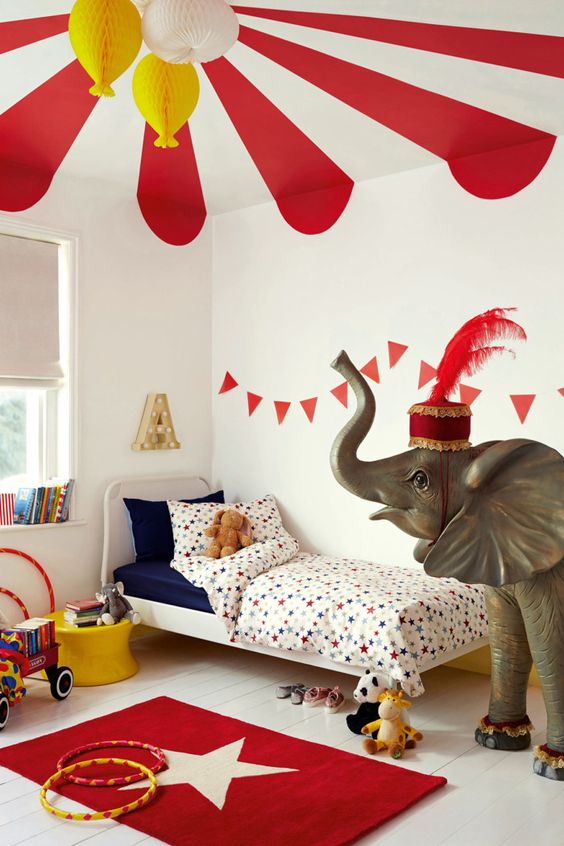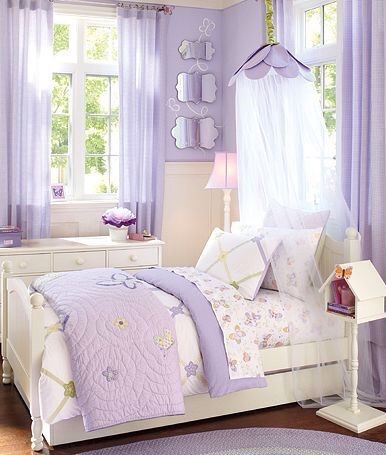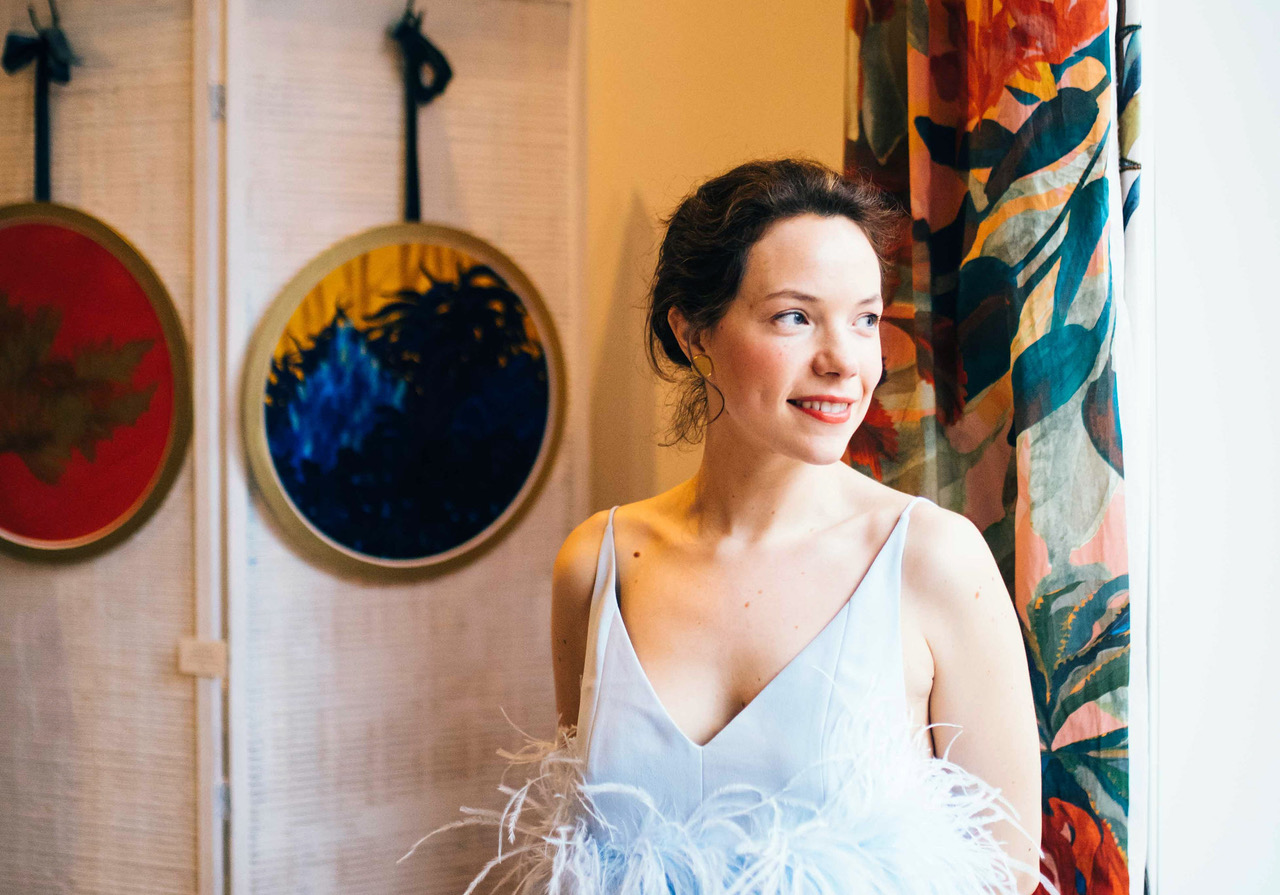Color has the ability to inspire, excite, soothe, heal and even agitate. The environment we live in impacts our mood, outlook, behavior, and even our wellbeing. Lighting, color, and decoration all play a part.
This is particularly true for children, who can be extra sensitive to color’s impact.
According to a study done through the University of California, younger kids respond positively to lighter colors while dark shades tend to have a more negative association. Knowing this, it is important to consider the effect that colors have on their environment for sleep and relaxation purposes.

So, the importance of picking out just the right color for a young child’s room shouldn’t be underestimated.
Color psychologists recommend painting your child’s room with a calming palette to help prevent overstimulation and anxiety and assist in promoting calmness, relaxation, and learning. So, while fun, vibrant colors might come to mind when decorating your little one’s room, it’s important to remember that sleep is the main function of their bedroom and bright colors are best left for the playroom. Yellow, for instance, is a cute, upbeat color, but the lively daytime effect it gives off might disrupt sleep patterns for your kids. Instead, you could consider a pale, yellow accent color to create a bright, airy effect.
Here are the best paint colors for kids’ rooms based on color psychology:
(While scientists have learned a lot about the way color influences our minds and bodies, keep in mind that every child is different; these generalizations don’t apply to all.)

Source: The Designs Heppard 
Source: housetohome
Red. Red has the ability to energize the body and excite the mind, increasing heart and breathing rates. However, some research suggests that too much exposure to red encourages aggressive behavior and an inability to focus. The bottom line: Red is great as an accent but might not be the best wall color for a restless child.

Source: Anne Hepfer 
Source: Deringhall
Orange. Largely underused, orange is perhaps one of the most misunderstood colors in the paint deck. This warm, friendly, and youthful color is great for children since it’s said to encourage confidence, extroversion, and independence. The social nature of this color also puts children and their friends at ease, inspiring communication, and cooperation.

Source: Decoideas 
Source: Cocondeladecoration
Yellow. Most of us associate yellow with feelings of happiness and cheerfulness. Studies also pair this bright and cheery color with motivation; softer yellows can aid concentration, while brighter ones can increase memory. Beware of using too much bright yellow, though. In large doses, it may create feelings of agitation and even anger.

Source: Domino magazine 
Source: Momaleblog
Green. This calming, natural color has a soothing impact on a child. Scientists have also found that green may improve a child’s reading speed and comprehension. There is no need to keep this anxiety-reducing color to a minimum.

Source: One Kings Lane 
Source: The Pink Pagoda
Blue. Having the opposite effect of red, blue decreases feelings of anxiety and aggression and lowers blood pressure and heart rates. Children who experience tantrums or other behavioral problems may appreciate the soothing effects of a blue room.

Source: Benjamin Moore 
Source: Maison 20 minutes
Purple. Often associated with royalty, purple is ambitious and self-assured. It is also the color of passion, creativity, wisdom, and spirituality. This deep and emotive color is great for inspiring sensitivity and compassion in children. But if your child is particularly sensitive, you may want to keep this color limited to accents.

Source: CIRCU 
Source: Wattpad
Pink. Although it’s usually associated with typical girly spaces, pink has a calming feel that can translate to both sexes. Any child can grow out of too much pink quickly, though, so try pairing pink artwork, accessories, and textiles with a neutral background.

Source: Kidsinterior 
Source: Pinterest
Warm colors. Warm colors inspire happiness, coziness, and comfort in most people. They can also make large, open spaces feel more intimate for young ones. Of course, this does not mean you are limited to brown and tan — use these easy colors as a platform for brighter and more daring shades.

Source: Trendir 
Source: Planète Déco
Cool colors. Some of us associate cool colors with sterile, hospital-like environments, but lighter cool colors can have a calming effect on children. Plus, many of these colors help small spaces seem a little bit more open. Try layering in shades of cream for some softness and contrast and consider comfortable and cuddly textiles for warmth.





